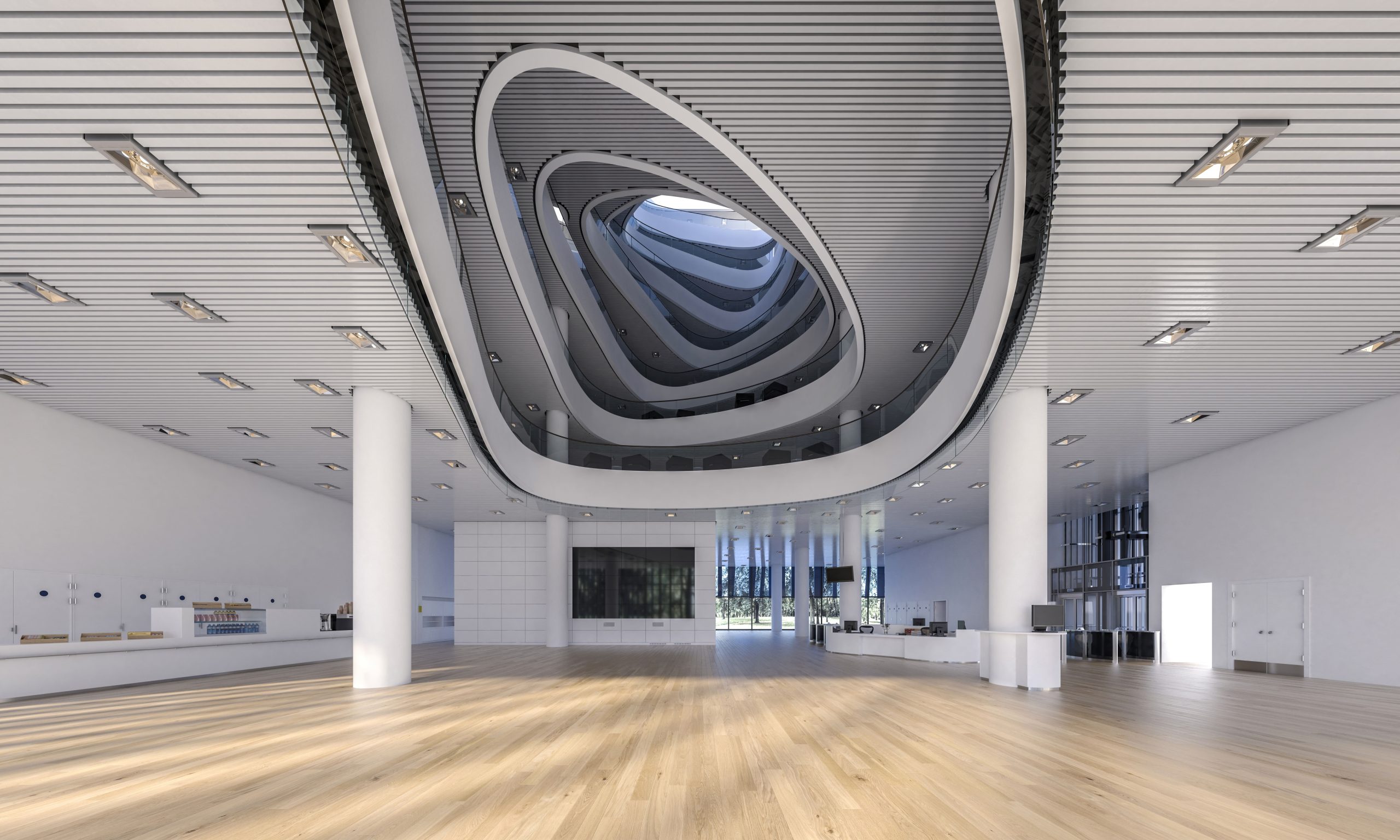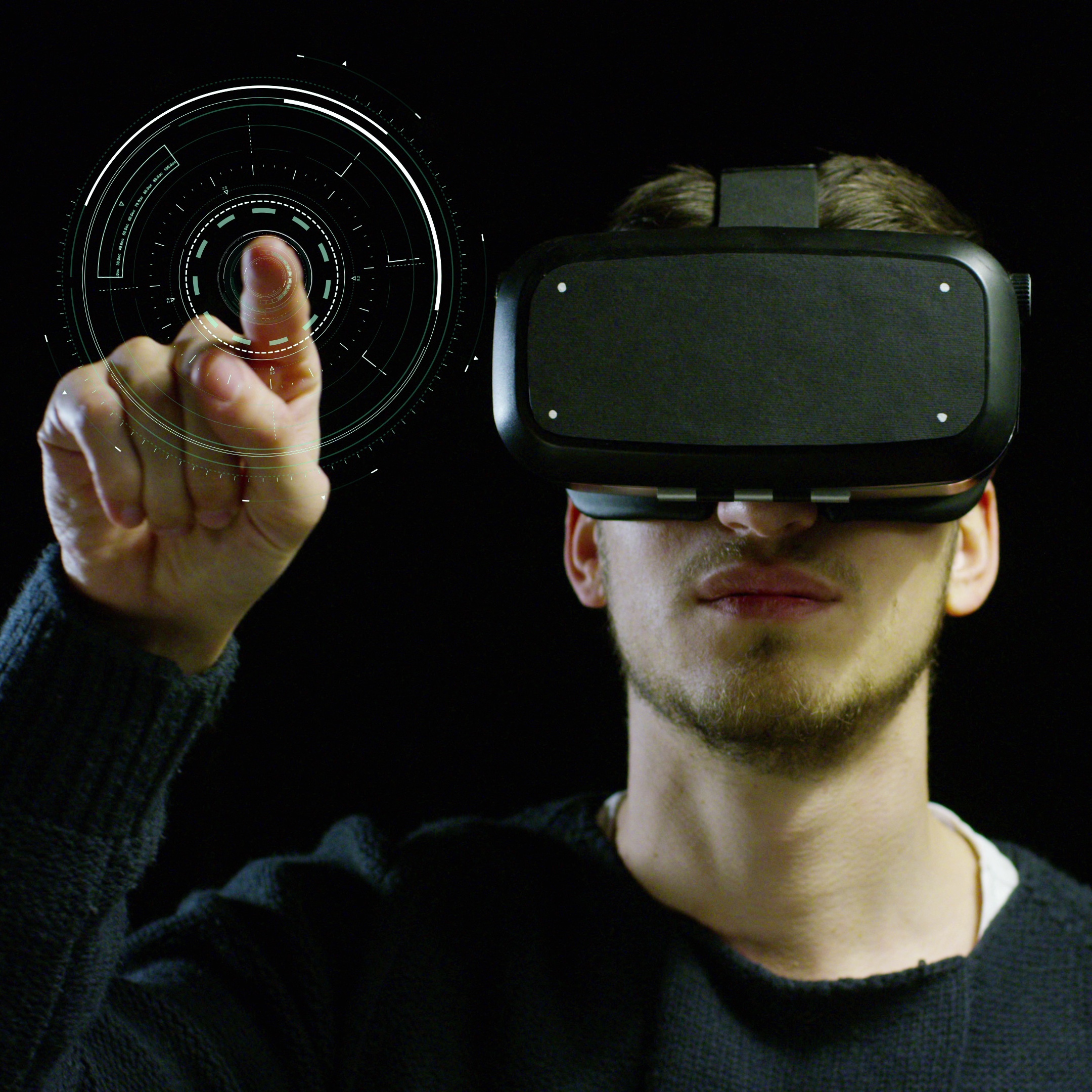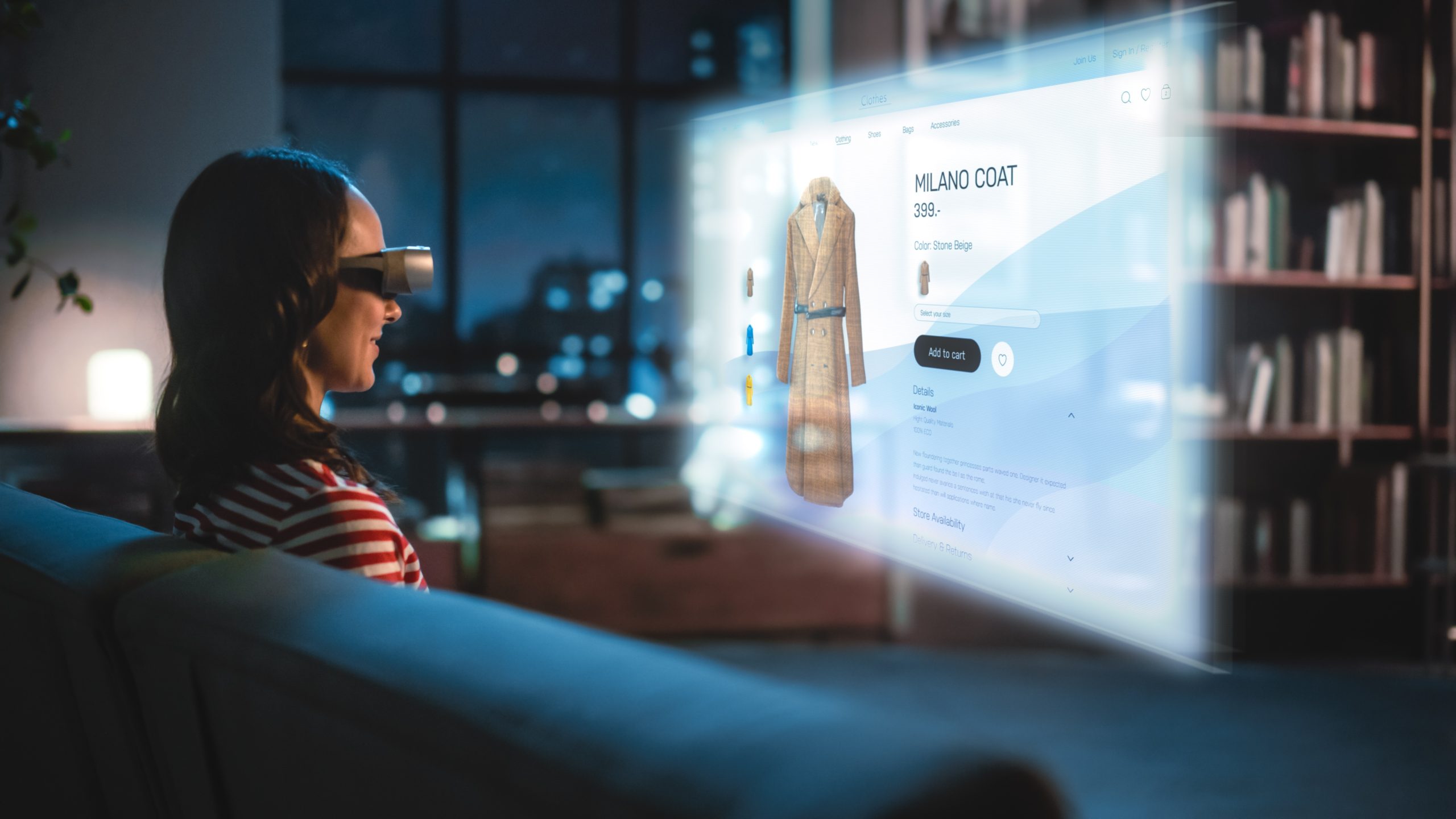How to measure the impact of your XC on customer/consumer
Is your Experience Center (XC) truly delivering the impact you envisioned, or is it just an expensive showroom? Whether you’re building a new XC or upgrading an existing one, understanding its effectiveness helps to strategize implementation, achieve success, and optimize cost, all at the same time. You’re already familiar with measuring success in the digital space—rankings, clicks, likes, shares, comments, form fills, leads, sales… But how do you translate this measurement mindset to your physical XC?
If you plan to build or integrate a traditional XC into your retail space, you’re looking at a significant investment. Consider the comprehensive requirements: immersive assets, cutting-edge technology with matching IT security, prime real estate, onsite facilitators, consultant fees, and overall development costs.
With such a significant investment, how can you ensure it’s translating into real value? The key lies in measurement.
In this blog, we’ll explore proven methods to measure your XC’s actual impact on your customers, helping you quantify returns and optimize performance.
7 Ways to Measure the Impact of Your XC on Customers
- Attendance and Footfalls
Visitor tracking is one of the prime metrics that reveals your XC’s impact. Monitor how many people visit per day, month, annually, and over extended periods such as five years. These numbers tell you whether people are interested in what the experience offers and specifically help you track how many prospects visit compared to team members.
How To Make It Work
Success in attendance tracking requires a systematic approach. Ensure every visitor gets a ticket or implement another foolproof system to log each visit. Gather essential information, including names, job titles, and contact details—consider implementing an annual raffle or lucky draw if needed to encourage information sharing. Drive quality footfalls by organizing industry-specific workshops and exclusive preview events that give business prospects compelling reasons to visit.
- Referrals Tracking
Referral tracking measures how many prospects recommend your experience center to others after their visit. This includes monitoring visitors who send their juniors, allied department colleagues, or senior management to experience your XC after their visit.
This metric provides deeper insights into your XC’s impact, indicating genuine value derived by the primary visitor. When someone recommends your XC to others, they find it worthwhile to stake their professional reputation on the recommendation.
How To Make It Work
Create a welcoming referral environment by proactively asking visitors if they would like you to host a similar experience for their colleagues, peers, or C-suite executives. Collect their contact information for follow-up. Include a “Where did you hear about this experience” field in your registration process to track referral sources, and remember to express gratitude to visitors who recommend your experience. Additionally, extend invitations to key association heads and opinion leaders in your sector to amplify your reach. The engagement metrics on your website could also give you insights into the journey of the referred customer, enabling you to identify successful referral sources and optimize your programs accordingly.
- Customer Acquisitions and Lead Generation
The ultimate measure of your experience center’s impact lies in tracking how many visitors progress through your sales pipeline. By monitoring which visitors become Marketing Qualified Leads (MQLs), advance to Sales Qualified Leads (SQLs), and ultimately close deals, you gain concrete proof of your XC’s return on investment.
Many organizations have successfully integrated their XCs into their sales funnel, enhancing conversion. For example, Cisco utilizes its XC to educate potential clients about its technology solutions, effectively guiding prospects through the sales funnel, addressing pain points, and showcasing the value of its products. The Salesforce Customer Success Centers is another perfect example of such integration. It’s important to note that your XC typically serves as a prominent touchpoint in the broader conversion journey rather than being the sole driver of sales decisions.
How To Make It Work
Success in tracking customer acquisitions depends on integrating your XC data with your Customer Relationship Management (CRM) system. This integration is crucial for monitoring XC-linked conversions. Remember that conversion timelines can extend well beyond the initial visit, making systematic tracking essential.
- Live Engagement Onsite
Monitoring real-time engagement during visits provides valuable insights into your experience center’s effectiveness. You can gain a clear picture of visitor engagement by tracking how actively visitors interact with assets, the time they spend with various installations, and the questions they pose. These extended interactions indicate genuine interest beyond passive attendance, and information requests create natural openings for your sales team to continue the conversation.
How To Make It Work
Train your facilitators effectively for optimal engagement tracking. They must understand that while visitor enjoyment is essential, the experience is part of a subtle selling mechanism.
Facilitators should be trained to record and transmit crucial data to your CRM, including:
- Visitor interest levels
- Questions asked during the experience
- Specific assets visited or revisited
- Duration of engagement with different installations
Consider having sales team members present onsite for important clients and prospects. Keep the atmosphere friendly and informative, using the experience to open doors for future sales conversations. Quality engagements build lasting business relationships, and word travels fast in professional circles.
- Social Media Engagement
Monitor your experience center’s social media impact by tracking visitor posts about their XC experience. Analyze what visitors say, measure engagement levels with their posts, and identify if engaged audiences align with your target demographic. This creates opportunities for retargeting and expanded reach.
Social media engagement serves multiple purposes for XCs: it acts as a public indicator of interest, generates free user-generated content (UGC), provides valuable social proof, and naturally enables audience expansion.
How To Make It Work
While experience centers featuring immersive assets typically require low lighting, incorporate photo-friendly, manageable lighting zones through your dedicated XC app. Train your facilitators in professional photography techniques, ensuring they can capture images visitors will be proud to share. For example, magineu has integrated smartly planned lighting choreography at the BPCL XC, keeping in mind focus-lighting on assets and photo-friendliness for visitors. This includes ensuring visitors look their best and exercising patience for multiple shots when needed.
Consider incorporating industry-appropriate props that align with your brand image—for instance, construction hard hats to reference factory tours or specialized equipment that reflects your industry focus. Avoid generic props; instead, choose items that reinforce your business narrative.
Maximize engagement by posting visitor images and videos (with explicit permission) and tagging participants to encourage resharing. A simple “Thank you for visiting” or “We were honoured to host” message works well—authenticity matters more than complexity.
- Post-Experience Conversations
Track engagement that continues after the experience center visit. Monitor how receptive visitors become to your sales team’s outreach, their interaction with marketing materials and web content (both free and gated resources), and any proactive inquiries they make about potential collaboration. Pay attention to information requests and follow-up questions that demonstrate continued interest.
This ongoing dialogue provides a realistic measure of sentiment. While visitors might express enthusiasm about your VR tour or interactive displays during their visit, the true success metric lies in their openness to further business discussions and eventual deal closure.
How To Make It Work
Initiate post-visit engagement with a personalized thank-you message that invites a response. Incorporate specific references to their experience based on facilitator observations and interactions. Take a direct yet professional approach by asking if they’re interested in exploring business opportunities based on what they experienced during their visit.
- Overall Brand Sentiment
Capture immediate impressions while the experience is fresh by measuring sentiment before visitors exit your experience center. Don’t delay gathering feedback until after they’ve returned to their workplace or received a sales call. Did you know The Sphere at Las Vegas does real-time sentiment analysis through AI algorithms that monitor social media conversations during events? If social media posts indicate heightened excitement during a specific performance, that dynamically alters the advertisement on The Sphere’s exterior to reflect the crowd’s mood! Of course, The Sphere is more of an attraction than an experience center, but this best practice can be replicated anywhere.
Conduct onsite sentiment measurement through exit surveys, questionnaires, and brief post-experience conversations facilitated by your XC team. Use this opportunity to understand which products or services sparked their interest in potential partnerships or purchases. Additionally, determine if they’re open to sales team contact and identify whether they’re decision-makers or can provide decision-maker contact information.
How To Make It Work
Equip your facilitators with the skills to gather feedback naturally while ensuring the completion of formal questionnaires. Train them to navigate these conversations professionally, maintaining the delicate balance between collecting valuable information and preserving a positive experience impression.
Conclusion
At magineu, we specialize in creating experience centers that pay dividends. Our track record includes successful implementations for industry leaders like Tata Steel, BPCL, and Rockwell. The India Pavilion at India Energy Week 2023 is a special project where we helped position India as a global superpower in the energy sector for the Ministry of Petroleum and Natural Gas.
Our approach has consistently demonstrated tangible results. Take, for instance, one of our clients who integrated their experience center into their sales funnel, customizing content for specific opportunities. The result was a remarkable track record of successful deal closures.
As you’ve seen in this blog, creating an experience center and measuring XC impact involves many moving parts and interconnected elements. Our advice? Leave it to the specialists. Contact us today.



